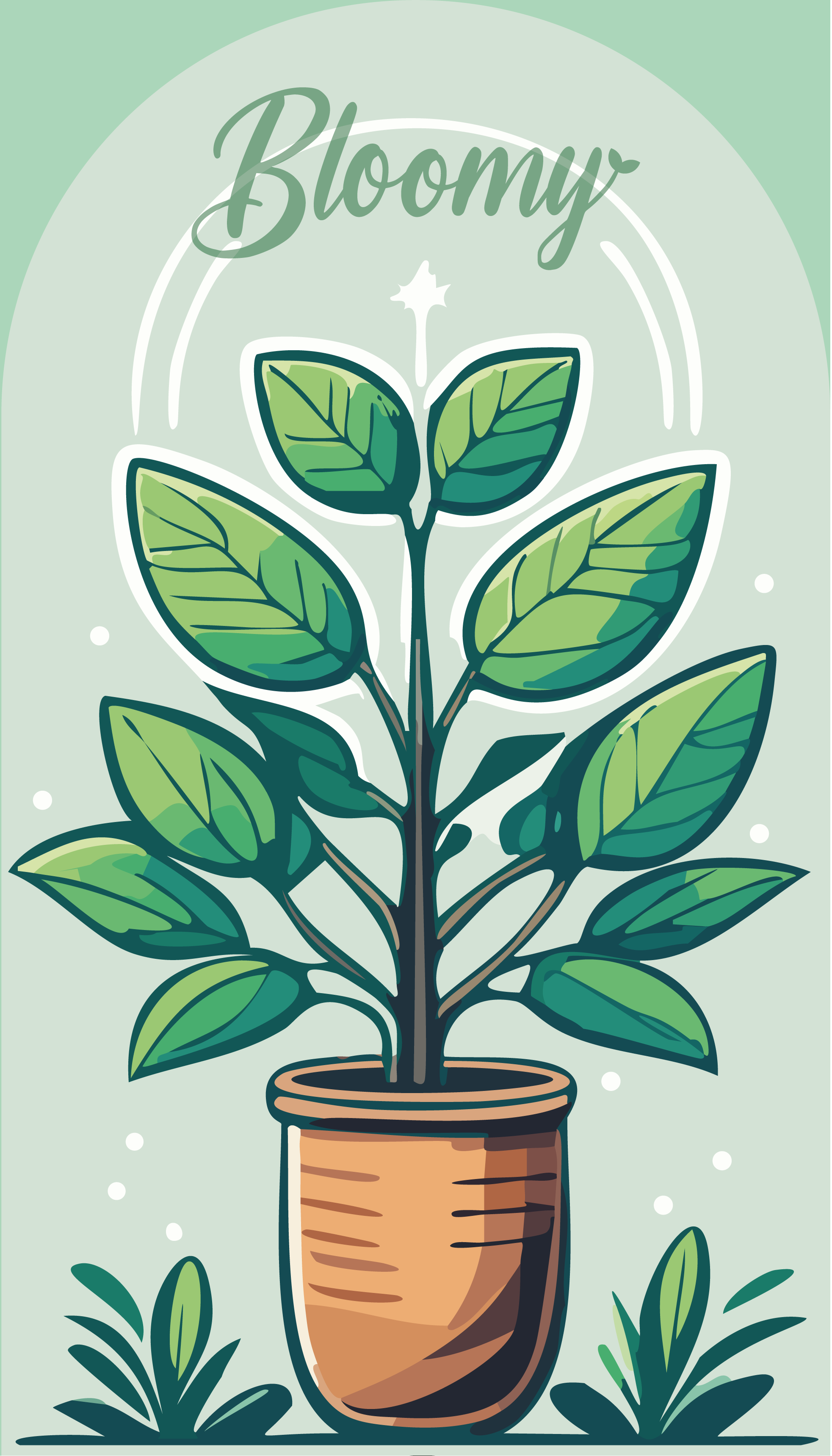Guide pratique du bouturage de plantes d’intérieur
Aujourd’hui, plongeons dans l’art du bouturage, une méthode passionnante pour propager et multiplier vos plantes d’intérieur préférées. La méthode qui suit n’est pas la seule existante, mais elle offre de supers résultats, créant tout de suite des racines adaptées à la terre plutôt que des racines d’eau. Suivez ces astuces simples pour créer un paradis végétal chez vous, ou l’offrir en cadeau.
1. Choose the Right Candidates
Optez pour des plantes en bonne santé, exemptes de maladies et de parasites. Les tiges tendres et non fleuries sont idéales pour le bouturage. Assurez-vous également que les plantes mères ont suffisamment de feuilles, car elles fourniront l’énergie nécessaire à la nouvelle croissance. Si vos plantes ont des racines aériennes, c’est un plus !
2. Prepare Your Materials
Rassemblez tout le nécessaire avant de commencer. Vous aurez besoin de ciseaux de jardin propres, de verres de plastiques, d’un briquet, de perlite et de vermiculite.
3. Take the Cuttings Properly
Cut the stems at a 45-degree angle using sharp scissors. Choose cuttings that are 10 to 15 centimeters long, ensuring they include at least two nodes (when possible). Gently remove the leaves from the lower node to expose the growth areas.
4. Use the Right Substrate
Le choix du substrat est crucial. Chez Bloomy Espace Végétal, nous adorons le mixte de perlite et de vermiculite avec un ratio de 1:1. Prenez la moitié de vos verres de plastique et faites des trous au fond avec l’aide du briquet. Remplissez-les jusqu’à environ la moitié avec le mélange de substrat puis mettez chacun des verres troués dans un verre non troué.
5. Plant with Care
Place the cutting on the substrate, then add more to completely cover the node, allowing the cutting to stay in place. Place the pots in a bright location, but avoid direct sunlight.
6. Water Moderately
Maintenez le niveau d’eau au tiers autant que possible, le temps que les racines se forment. L’eau montera par capilarité, conservant le substrat humide et favorisant la croissance de racines adaptées à la terre (étape 9) .
7. Create a Favorable Environment
To encourage root formation, maintain high humidity around the cuttings. Use a transparent dome, a plastic bag, or simply a greenhouse to create a microclimate. Ventilate regularly to prevent mold.
8. Be Patient
Propagation by cuttings requires patience. Wait until the roots reach an adequate size before transplanting your young plants into individual pots.
9. Transplant with Care
When the roots are sufficiently developed, transplant your cuttings into individual pots with quality potting soil. For tropical plants, such as aroids, we recommend a mix of 1/3 tropical plant soil, 1/3 perlite, and 1/3 orchid bark. Continue to care for them as you would for mature plants.
10. Share Your Success
Enfin, n’hésitez pas à partager vos réussites et expériences de bouturage sur la communauté EspaceBloomy.ca. C’est une excellente façon d’apprendre et de s’inspirer mutuellement !
Avec ces conseils, vous êtes prêt à vous lancer dans l’aventure passionnante du bouturage. Transformez votre espace intérieur en un jardin florissant et partagez vos propres trucs, astuces et, bien sûr, l’amour des plantes sur EspaceBloomy.ca !



Wow c’est vraiment intéressant!! Merci beaucoup pour les informations
Avec le plus grand des plaisir, C’est notre passion !